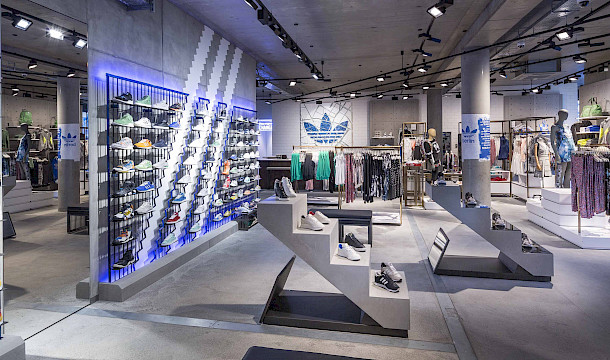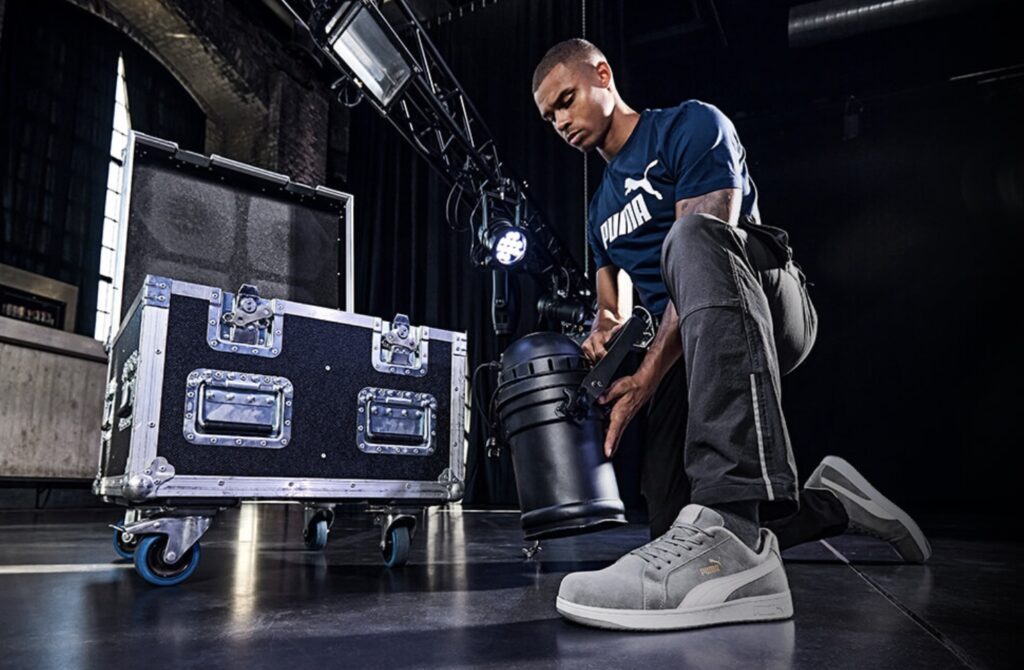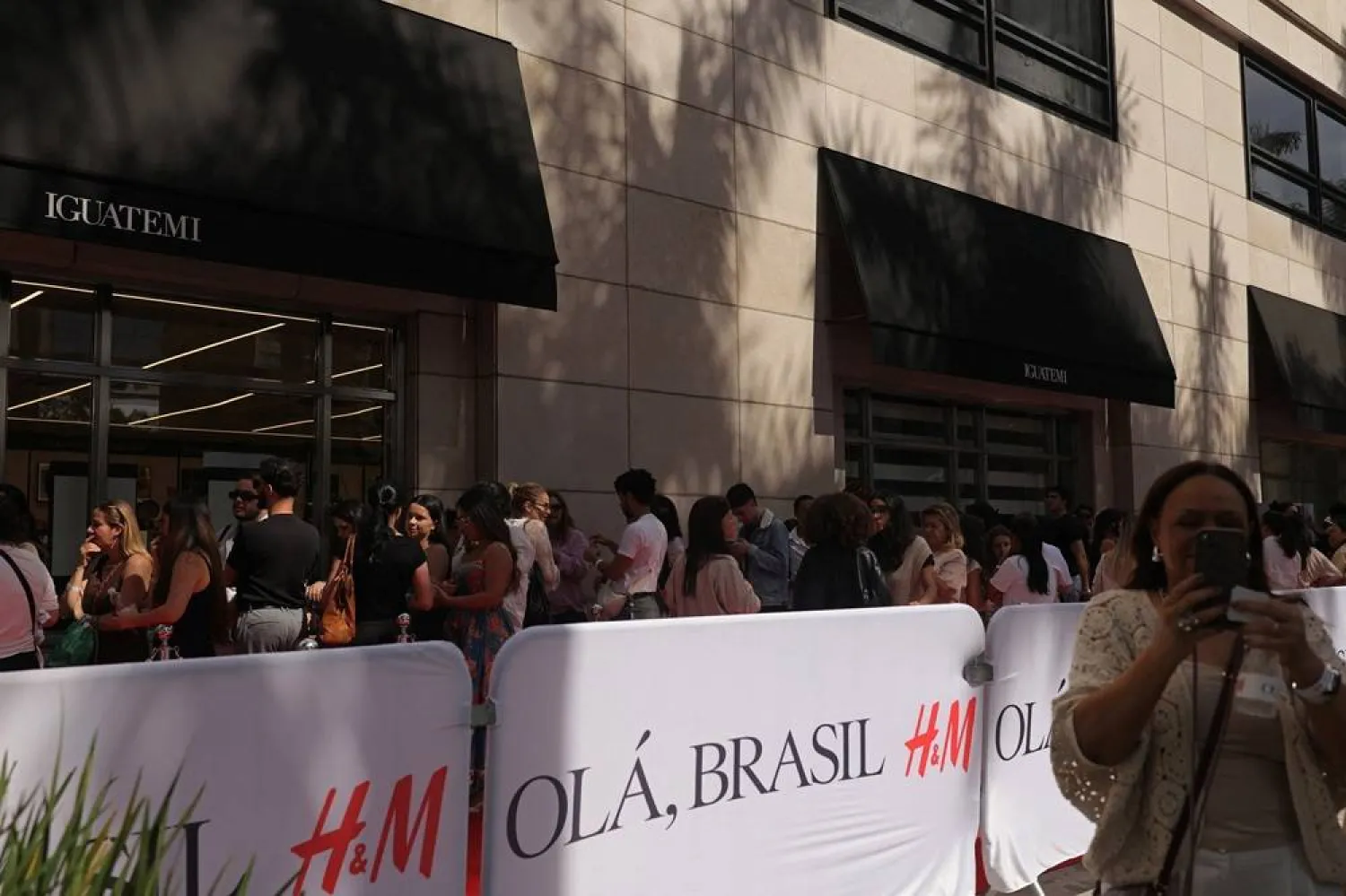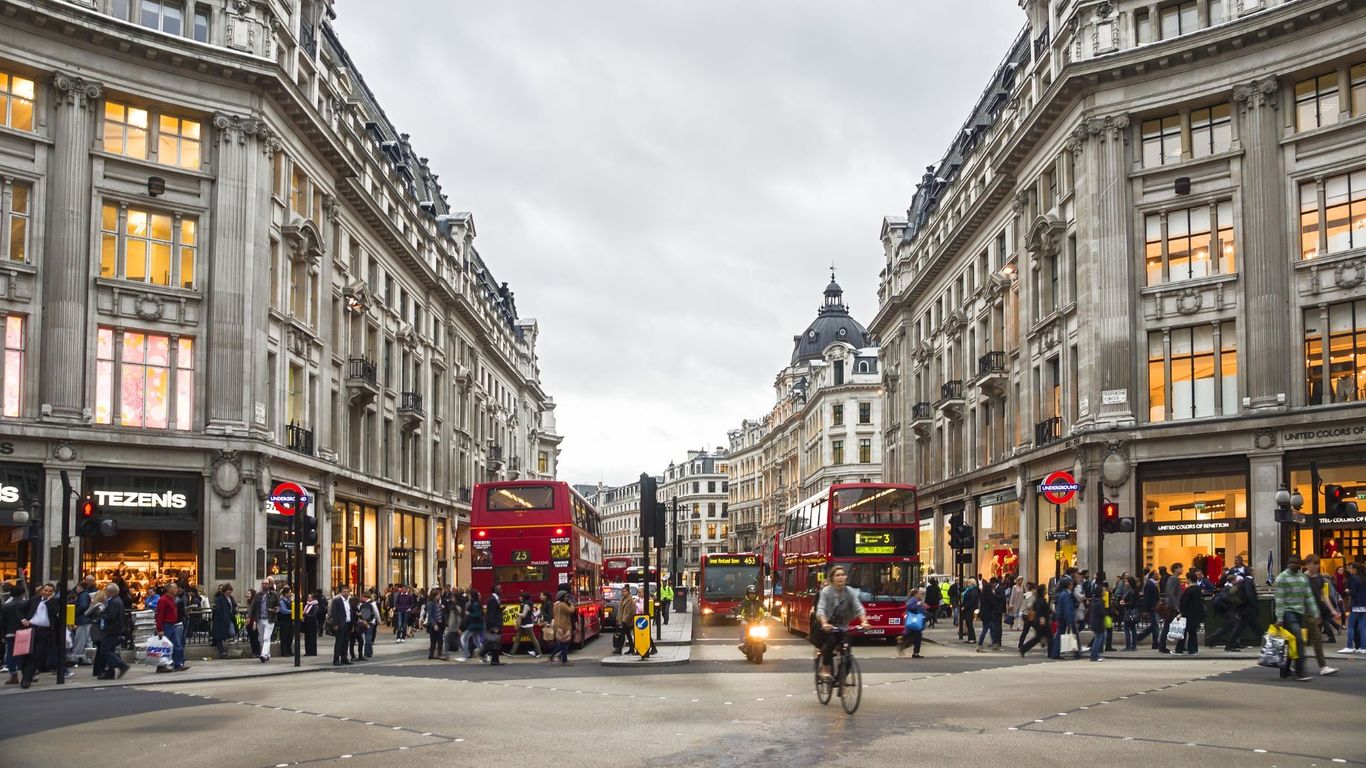
Adidas Flagship Store Berlin
When Adidas announced it would enter the safety footwear market with a new line called Pro Work, launching in 2026, it caught much of the industry off guard. For decades, the brand has defined performance across sport, lifestyle, and streetwear, but never in industrial protection.
Now, through a long-term partnership with GLO Brands, Adidas is positioning itself at the intersection of safety, function, and style. The first collection will debut in the second quarter of 2026, distributed through select partners and professional channels.
A move backed by momentum
The timing isn’t accidental.
Adidas enters this new category in one of its strongest financial positions in years.
In the first half of 2025, the company reported €1.16 billion in operating profit, a 9.6 % margin, and double-digit sales growth for the adidas-branded business.
The turnaround that started in 2024 has continued, with gross margins expanding to over 52 % and brand heat driving sustained growth across running, football, and lifestyle.
“We’ve rebuilt the foundation. The brand has momentum again, and we’re seeing consumers re-engage with adidas because they feel the energy — on and off the field.” CEO Bjoern Gulden during the latest earnings call, July 2025.
That confidence now extends to new frontiers like protective gear — a signal that adidas feels ready to stretch its brand into entirely new territories of performance.
A new kind of performance
Protective gear isn’t exactly what comes to mind when you think of adidas. But that’s precisely the point.
As the lines between workwear, fashion, and performance continue to blur, the category once defined by steel toes and high-vis fabrics is evolving.
Construction, logistics, and maintenance workers — traditionally underserved in design — now represent an untapped frontier for sportswear brands. adidas sees opportunity not only in functionality but in redefining what protection looks and feels like.
The partnership with GLO Brands gives adidas access to deep technical know-how in personal protective equipment (PPE), while the brand brings its design credibility and innovation in comfort and materials — from energy-return midsoles to advanced knit uppers.
Not the first, but a different play

PUMA Safety
It’s worth noting that PUMA entered this space over 20 years ago, through its collaboration with ISM GmbH, a German specialist in safety and workwear. The result — PUMA Safety — became one of the earliest examples of a sportswear brand successfully crossing into the industrial market.
By combining ISM’s technical expertise with PUMA’s design DNA, the line reimagined safety shoes as ergonomic and lightweight rather than heavy and utilitarian. Two decades later, it’s still a key player in the category.
So adidas isn’t first, but the context has changed. Where PUMA entered when safety footwear was purely functional, adidas enters an era when function itself has cultural value. Workwear has gone mainstream, from construction-core fashion aesthetics to the rise of utilitarian design in everyday streetwear.
From sportswear to “workwear wear”
The launch of Pro Work fits within a larger industry trend: the convergence of performance, protection, and identity.
Consumers now expect gear that moves seamlessly between roles: from sport to work to daily life. And for a brand like adidas, the move expands both its IP and its addressable market.
If the line succeeds, Pro Work could open doors into new verticals — apparel, accessories, and even collaborations with industrial or outdoor partners.
It also reinforces a bigger strategic message: that adidas is no longer just a sports company. It’s a performance ecosystem brand, wherever performance happens.
The bottom line
Adidas entering safety footwear isn’t a random extension, it’s a signal of category convergence.
And as the boundaries between sport, work, and lifestyle continue to fade, brands that know how to translate their DNA into new arenas will define the next chapter of performance.
Adidas is late to the safety game, but right on time for where culture is going.



